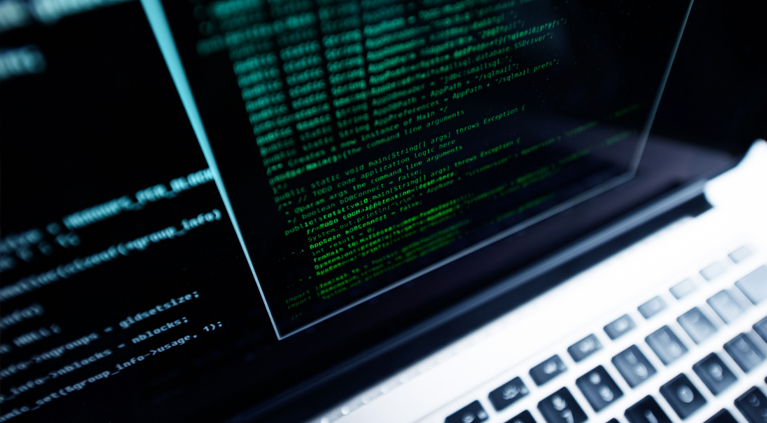Workstation Pentest
Prevent attacks on your company network via your employees' workstations
Workstation Pentest
Prevent attacks on your company network via your employees' workstations
Defending against such complex, multi-stage attacks requires a holistic defense that ranges from a backup strategy and employee training to the secure configuration of systems and applications. Securing company notebooks is an important part of this.

The likelihood of employees clicking on a phishing email can be reduced with training, but not reduced to zero. However, a well-secured company notebook makes it much more difficult for attackers to increase their own rights on the company notebook or to use the device as a starting point for further attacks.
Common Vulnerabilities Include:
- Vulnerabilities in third-party software
- Insecure configuration of the operating system
- Weak access rights in the file system
- Access data readable for every user
What Is Our Approach to Workstation Pentests?
Our security analysts start the test with a regular employee account and try to extend their authorizations on the device from there. To do this, they apply system-specific procedures for Microsoft Windows and Linux. In addition, regardless of the operating system used, a comprehensive picture of the installed third-party software and the current version of the components is recorded.

Securing company notebooks is an important protection for companies. While network perimeters are often the focus of defense measures, many hackers use employees' end devices as a point of entry for their attacks. A workstation pentest is therefore an important tool for protecting your company network.
What Checks Are Included in Workstation Pentests?
- Checking the hard disk encryption
- Analysis of scheduled tasks and cronjobs
- Checks for insecurely set file permissions
- Search for locally stored access data
- Write access to services that are executed with higher rights
- Investigations of highly privileged processes that use user-controlled resources
- Checking the configured hardening mechanisms
- Analysis of network service
- Checking the hard disk encryption
- Analysis of scheduled tasks and cronjobs
- Checks for insecurely set file permissions
- Search for locally stored access data
- Write access to services that are executed with higher rights
- Investigations of highly privileged processes that use user-controlled resources
- Checking the configured hardening mechanisms
- Analysis of network service
